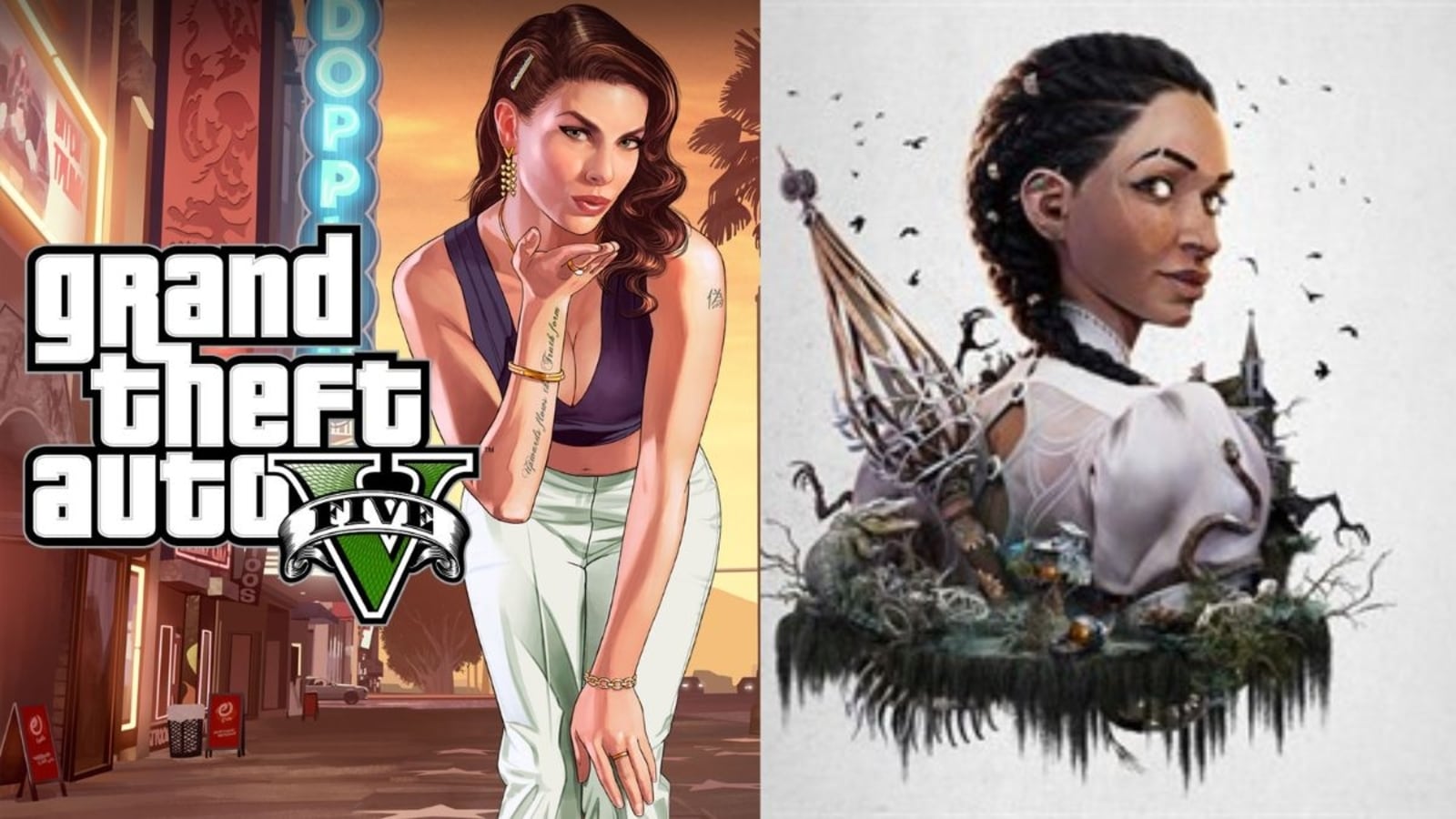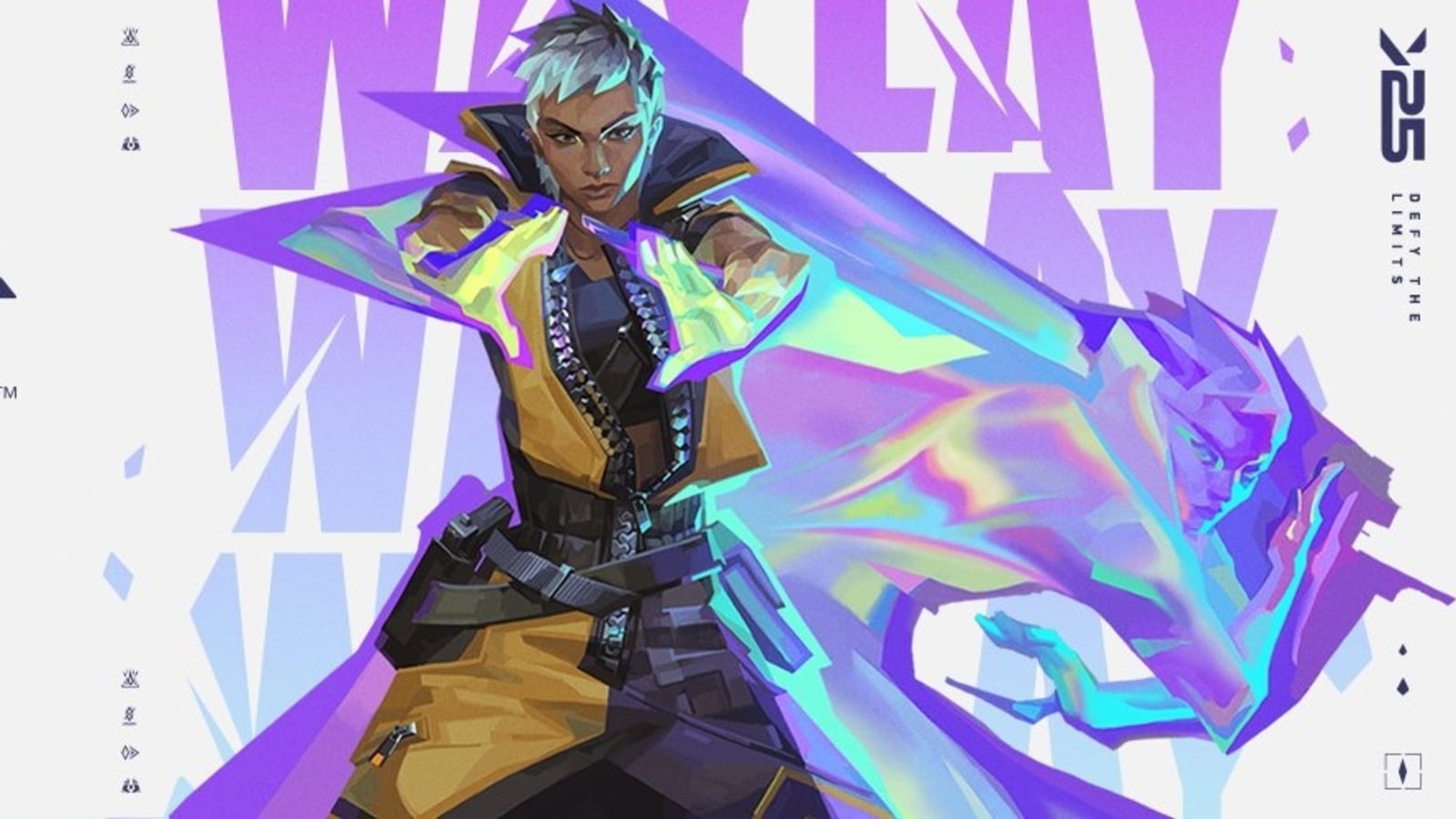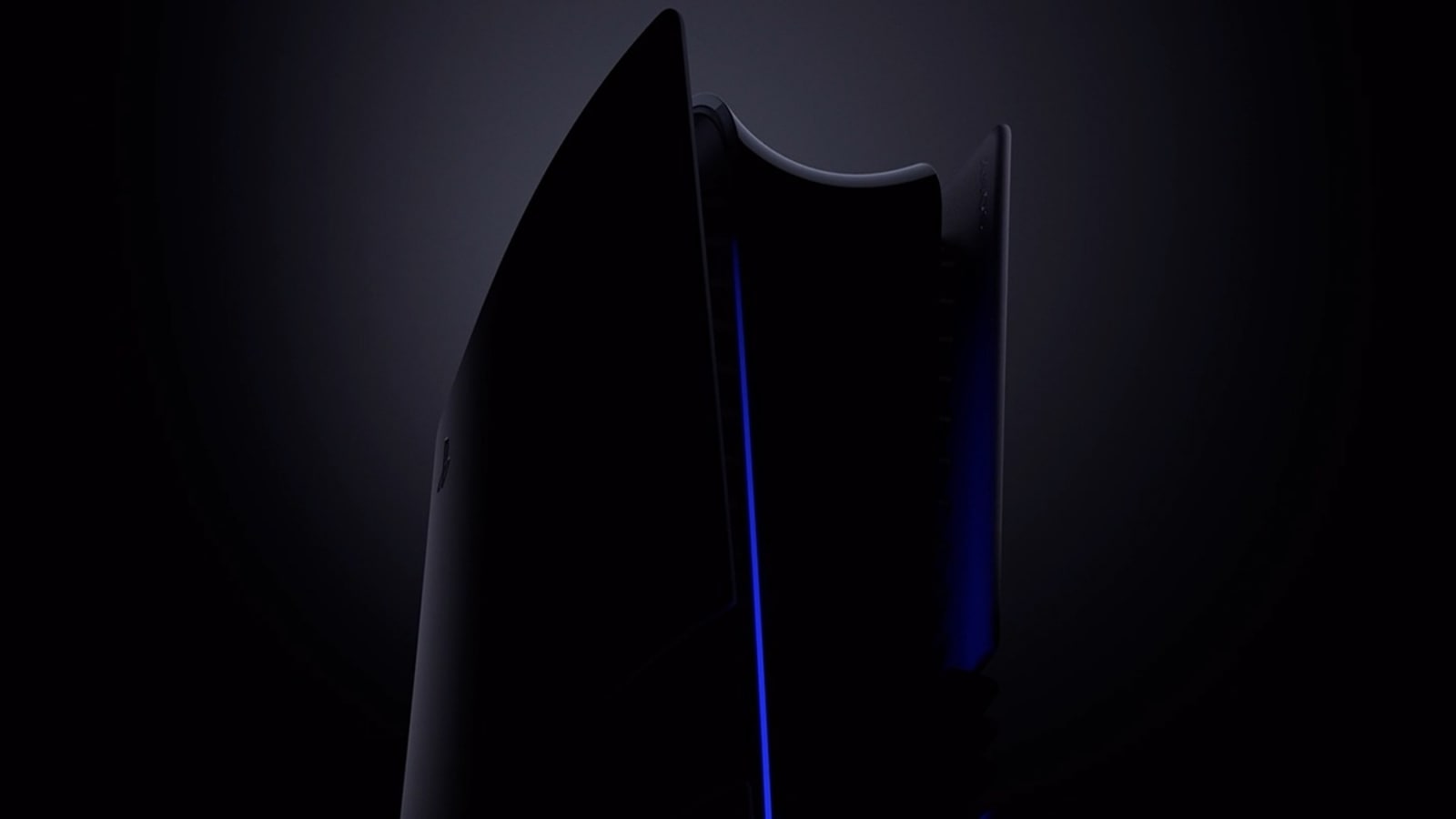I admit it: If I never have to see another piece of “Barbie” pink merch; if I never receive another email touting how to “Barbie-fy” my wardrobe, or celebrating the Zara x Barbie collection and the Balmain x Barbie collection and “Pink Eyewear Must-haves” from Privé Revaux, or calling out a “pink mania alert”; if I never again type “Barbie” into the Google search bar only to be faced by pink fireworks and a pink results page — I will be happy.
I know this may not be a popular opinion. But after a full year of buildup (it was in June 2022 that those pictures of Margot Robbie and Ryan Gosling in their neon rollerblading outfits were released), after 100 official brand partnerships in what Variety called the “pink publicity machine” and after the climax of the opening weekend, in which “Barbie” took in more money than any film by a female director ever (get ready for a spate of stories about the power of the “pink purse”) and viewers flooded theaters in their own Barbie pink, I am choking on pink. Drenched in pink.
Ready to take Pepto-Bismol for all the pink, except — it’s pink too.
I understand why Issa Rae — President Barbie herself! — on the promotional tour before the actor’s strike, announced that she was planning to “burn” all her pink. And I can’t help but wonder whether, once the excitement over the movie dissipates, we will see the Barbie pink period as a sort of mass fashion hallucination. If whether, in the pell-mell rush to embrace the color — to reclaim it as a triumph of ironic feminism — the Barbie hype has sowed the seeds of pink’s destruction.
It was not always thus. In the beginning, the return of Barbie pink was exciting, in a high-camp, postmodern, conceptual kind of way; a way that reframed a relationship to pink that had been poisoned by the marketing of gender stereotype back in the 1970s.
There is a reason the cover of David Batchelor’s 2000 book “Chromophobia,” which posits that historically the color has been seen as feminine and anti-intellectual, is Barbie pink.
“Pink is the most controversial color in fashion history,” said Valerie Steele, the director of the Museum at the Fashion Institute of Technology and author of “Pink: the History of a Punk, Pretty, Powerful Color.” “It has so many contradictory meanings. It has fully entered our bloodstream like a virus, and now different variants keep emerging.”
“Barbie” seemed to herald the third leg of historical troika. First came millennial pink, that comforting dusty rose pink that reflected a generational and dual gender nostalgia for the swaddling innocence of childhood. Then the bright pink of the pussy hat pink, a rebellious, in-your-face-pink of feminine protest. And now, Barbie pink, the most artificial, commercialized, almost tacky, unmistakable pink of all — number 219 on the Pantone color chart.
It is a pink that Leatrice Eiseman, the executive director of the Pantone Color Institute, said, “is considered a ‘hot pink,’ a close descendant of the ‘mother color’ red, taking on some of the dynamism, energy and theatrical aspect of red, but tempered somewhat so that it is not quite as aggressive.” Also, she said, it is a pink that is “impossible to ignore.”
In celebrating it as it celebrates the multilayered reality of women, the film imbues it with new meaning: from girl power at its most clichéd and cheesy to girl power at its most complex. Even those of us who never really embraced the color, wardrobe-wise, could appreciate the irony and applaud it.
Except that meaning has been drowned in the flurry of marketing that has ensued. It’s starting to feel like pinxploitation. When even politicians see pink as a strategic tool, be it Gretchen Whitmer and her Governor Barbie or Kyrsten Sinema and her Twitter (she posted twin photos of herself in hot pink and glasses, to demonstrate her “Barbenheimer” appeal), a detox may be in order. There are other colors in the film, after all: butter yellow, baby blue, all that neon, burgundy. Neither the movie nor the women it celebrates should be reduced to a single shade.
I know I am not the only one who thinks so. In July, at the couture shows in Paris, during a preview with Pierpaolo Piccioli of Valentino, who did as much as anyone to popularize very, very bright pink thanks to his fall 2022 show, which featured a collection done almost exclusively in “Pink PP” and which became a popular red carpet trend with celebrities like Anne Hathaway and Zendaya, I asked him if he was riding the Barbie wave and including more pink in his collection.
He made a bit of a face and shook his head. He had made a custom look for Margot Robbie’s press tour (a polka-dot halter mini) because he thought it was fun, but aside from that, he said, he “preferred to stay away.” Going pinkalicious once was a statement, but twice was … well, a box.
Likewise, at Schiaparelli, a house so synonymous with shocking pink that a 2022 exhibition at the Musée des Arts Décoratifs was called “Shocking!,” the color Daniel Roseberry, its current designer, chose to focus on in his couture show was Yves Klein blue.
And in the latest issue of Australian Vogue, with Ms. Robbie on the cover, the actress is pictured not in the plethora of pink that she modeled in the June issue of American Vogue, but in goth-y pleated red Balenciaga, transparent plastic Rabanne and, most of all, black: black Gucci, black Louis Vuitton and black Chanel.
Even she, it seems, is pinked out.






















